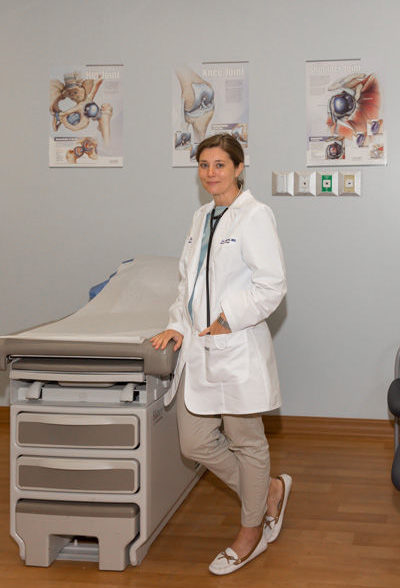
Researchers from Johns Hopkins University recently looked at how what we eat influences gout, and found that a diet designed to lower blood pressure and cholesterol can minimize flare-ups.
In any given year, over 8 million Americans will have an attack of gout. Descriptions of this painful joint disease – which often afflicts the big toe – date back nearly 4,700 years, to ancient Egypt, making it one of the first diseases ever recognized. Sufferers knew it could be agonizing, but didn’t understand its cause, which we now know to be an accumulation of uric acid crystals in the affected joint.
The Johns Hopkins team analyzed the results from a landmark clinical trial called DASH (Dietary Approaches to Stop Hypertension). That study demonstrated that blood pressure and cholesterol were significantly improved by what came to be known as the DASH diet, which includes reducing red meat, saturated fat and high-fat dairy products, along with an increase in whole grains, fruits and vegetables.
Study leader Dr. Stephen P. Juraschek and his colleagues concluded that the DASH diet was beneficial for gout as well: For the study participants who had the highest uric acid levels at the start of the trial, the DASH diet had effects comparable to that of gout medication.
Dr. Beatrice Memet recently joined the Indian River Medical Center; she is board-certified in rheumatology and internal medicine. Memet has read the study from Johns Hopkins and says that, while the DASH diet is an advisable approach to eating, “a change in diet by itself is not enough to treat the [underlying chronic] condition.”
In addition to dietary changes, she says, “There are drugs that lower the levels of uric acid, which should be taken every day. It’s the same as any chronic condition, like diabetes or coronary artery disease. The medication is taken every day, not just when the person is feeling symptoms.”
Gout is a form of arthritis; during the Great Depression, it was known as the “rich man’s disease,” because of the belief that it was caused by an expensive, meat-heavy diet. That perception still lingers, in part because there’s some truth to it – as borne out by the Johns Hopkins research, a diet rich in red meat is indeed a risk factor for gout.
The exact mechanisms within the body that lead to gout are not completely understood, but “purine” – a compound found in alcohol and foods such as red meat, veal, liver, scallops, mussels, sardines and gravies – is believed to be a culprit. Our bodies produce uric acid during the breakdown of purine; normally, the uric acid is dissolved into the blood, filtered through the kidneys, and eliminated in urine. But eating too many foods high in purine can interfere with this process, causing a condition called hyperuricemia, which can lead to gout.
Gout usually attacks in the base joint of the big toe, and flare-ups can last for days or even weeks. The pain is often described as the worst imaginable; worse even than that of childbirth. While it’s not possible to objectively determine if that’s true, sufferers will tell you that even the weight of a bedsheet on the affected area is unendurable. Other commonly affected joints include ankles, knees, wrists, elbows, heels, insteps and fingers.
In addition to a high-purine diet, risk factors for gout include obesity, diabetes, hypertension and renal failure. A family history of gout also increases risk. And men are at higher risk than women – under the age of 65, there 4 male gout patients for every 1 woman. The gap narrows a bit with age; after age 65 the male/female ratio is 3:1. Memet says, “Gout is very rare in pre-menopausal women, because estrogen helps in the elimination of uric acid from the body.”
Nonsteroidal anti-inflammatory drugs (NSAIDs) are the most commonly used medications to treat acute attacks (flare-ups) and to prevent future attacks. NSAIDs include over-the-counter options such as ibuprofen (Advil, Motrin IB) and naproxen sodium (Aleve) as well as more-powerful prescription NSAIDs.
For acute attacks, doctors also may recommend a type of pain reliever called colchicine, although many people experience severe side effects such as nausea, vomiting and diarrhea, which make it difficult to tolerate. Memet says that controlling the dose of colchicine – not giving more than is needed – can increase the tolerability and make it an effective treatment choice.
Even more rarely, a corticosteroid such as prednisone may be prescribed; corticosteroids are the drug of last resort because they can elevate blood pressure and increase blood sugar levels. Memet says doctors need to be very careful when prescribing a corticosteroid, because diabetes is common in people with gout. “The dose needs to be small, maybe 10 milligrams,” she says. “These types of drugs can also be injected directly into the joint, which avoids the side effects of taking it in pill form.”
Dr. Beatrice Memet is on staff at the Indian River Medical Center. To contact her for treatment of gout or any rheumatology-related health concern, please call IRMC’s main number: 772 567 4311.



